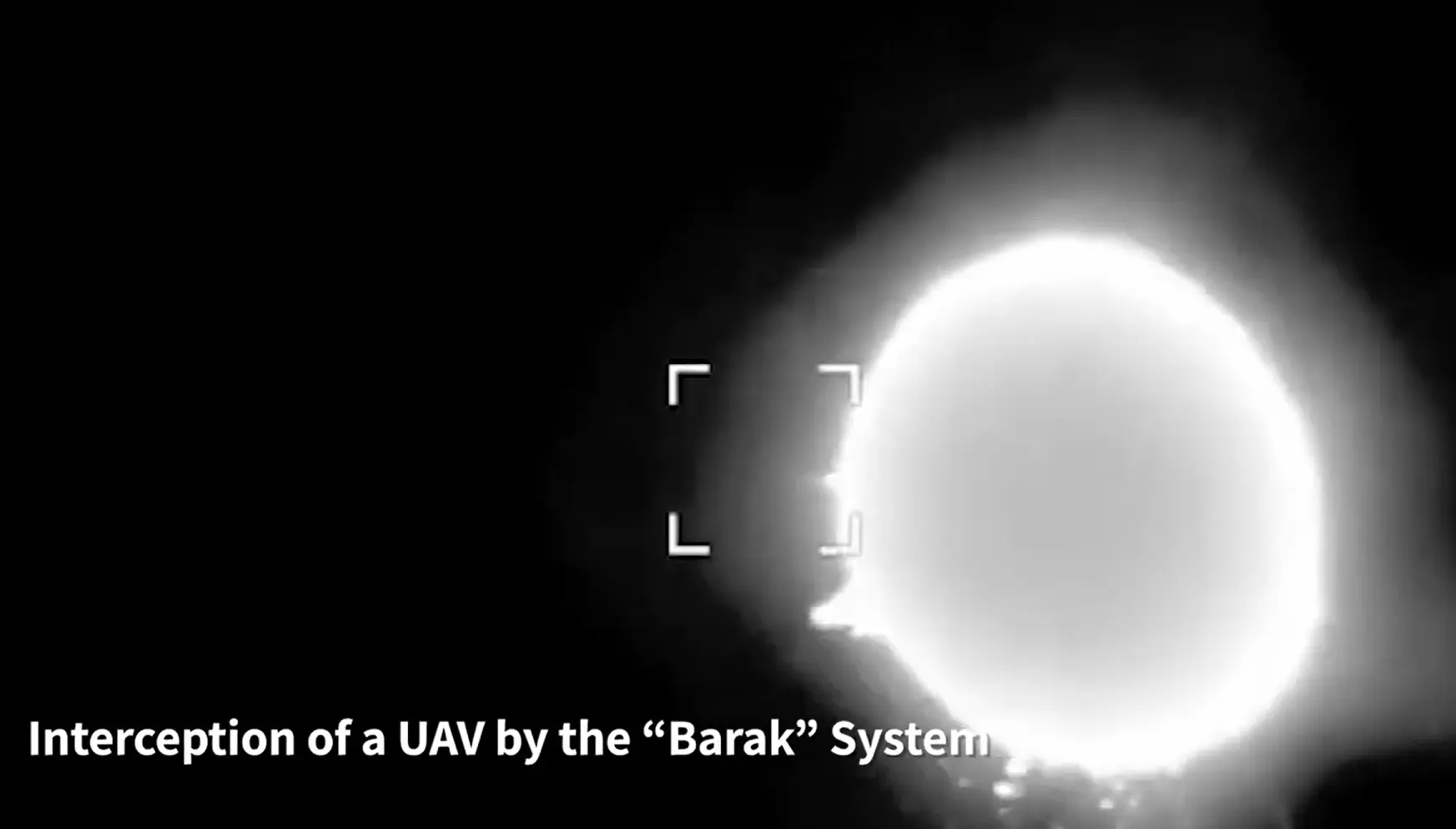
Israel’s newly deployed ‘Barak’ air defence system intercepts an Iranian drone in its first operational use
Barak Air Defense System in Action: A New Era of Israeli Air Defence Begins
On June 20, 2025, Israel’s military officially activated its Barak air defence system for the first time in combat, intercepting an Iranian unmanned aerial vehicle (UAV) that had breached Israeli airspace. The interception, confirmed by the Israel Defense Forces (IDF), marks a significant milestone in the country’s evolving defence doctrine.
The Barak system, developed by Israel Aerospace Industries (IAI) in collaboration with India’s Defence Research and Development Organisation (DRDO), is designed to neutralize a wide spectrum of aerial threats, including drones, cruise missiles, and precision-guided munitions. Its deployment comes amid heightened hostilities between Israel and Iran, with drone incursions becoming a frequent tactic by Tehran and its proxies.
According to the IDF, the drone was detected and destroyed before it could pose any threat to civilian or military infrastructure. The successful interception not only validated the system’s operational readiness but also demonstrated Israel’s technological edge in layered air defence.
Naval Variant ‘Barak Magen’ Also Sees Combat Debut
In a parallel development, the Israeli Navy revealed that it had deployed the Barak Magen, the naval variant of the Barak system, aboard its Sa’ar 6-class corvettes. During a nighttime operation, the Barak Magen intercepted eight Iranian drones targeting Israeli offshore assets, including gas platforms and naval installations.
Equipped with the EL/M-2248 MF-STAR radar and LRAD interceptor missiles, the Barak Magen offers 360-degree threat detection and long-range engagement capabilities of over 150 km. Its modular design allows it to adapt dynamically to maritime threats, making it a critical asset in Israel’s multi-tiered missile defence architecture.
The naval deployment underscores a strategic shift in Israel’s defence posture, one that prioritizes maritime air superiority to protect its Exclusive Economic Zone (EEZ) and energy infrastructure from asymmetric threats like drone swarms and sea-skimming missiles.
Strategic Implications: A Message to Tehran and Beyond
The operational debut of the Barak system sends a clear message to Iran and regional adversaries: Israel’s defence capabilities are evolving rapidly, and any attempt to breach its airspace will be met with swift and precise retaliation.
This development also highlights the growing India-Israel defence partnership, with the Barak system standing as a testament to successful joint innovation. The system had previously been tested during Operation Sindoor, where it intercepted a Pakistani missile, but this marks its first real-world engagement against Iranian threats.
As tensions in the Middle East escalate, the Barak system’s success could influence regional defence procurement trends, with other nations eyeing similar technologies to counter the rising threat of unmanned aerial systems.
Conclusion:
The successful deployment of the Barak air defence system marks a watershed moment in Israel’s military preparedness. With both land-based and naval variants proving their mettle, Israel has fortified its skies and seas against evolving threats. As geopolitical tensions simmer, the Barak system stands not just as a shield, but as a symbol of strategic foresight and technological prowess.
Stay updated with the latest news on Rapido Updates. Keep yourself updated with The World, India News, Entertainment, Market, Gadgets, Sports, and many more…
1 thought on “Lightning Shield Unleashed: Israel’s Barak Air Defense System Downs Iranian Drone in Historic First”